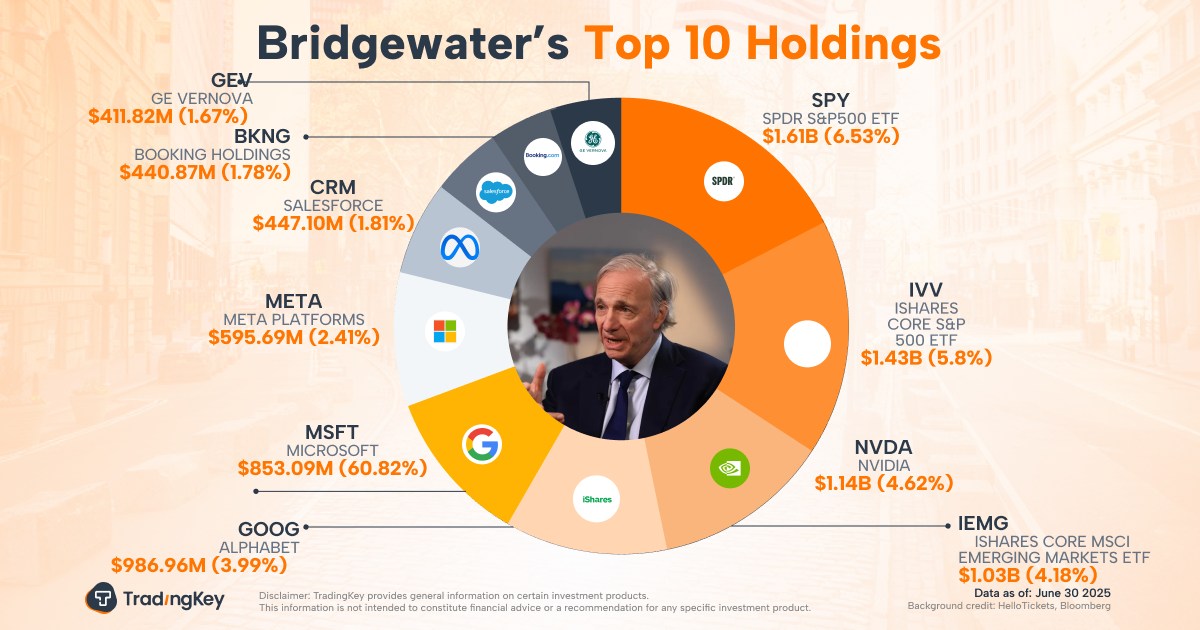Could Buying SoFi Stock Today Set You Up for Life?

Key Points
SoFi has grown tremendously for years, but investors have finally started taking notice.
The banking disruptor is doing a great job of finding new and innovative ways to grow.
SoFi is a richly valued bank stock, but it could still have a long way to go.
SoFi (NASDAQ: SOFI) has been one of the best-performing stocks in the market over the past year, with shares up 267%. After going public via a special purpose acquisition company (SPAC) in 2021, SoFi fell out of favor during the 2022 bear market and languished at a ridiculously low valuation relative to its growth rate for the next several years.
Although its stock performance has been far from linear, SoFi has continued to execute beautifully on its vision of being a true banking disruptor. Growth has been simply phenomenal, and there are signs that the best could be yet to come. However, with the stock already up so much over the past year, could there still be sufficient upside potential for investors who buy now?
Where to invest $1,000 right now? Our analyst team just revealed what they believe are the 10 best stocks to buy right now. Continue »

Image source: Getty Images.
Amazing growth and execution
To call SoFi's growth impressive doesn't do the company justice. Since the end of 2021, SoFi's membership base has more than tripled, and it continues to grow at a breathtaking pace. In the second quarter, SoFi added 846,000 members (the most ever in a single quarter), a year-over-year growth rate of 34%. Adjusted net revenue grew by 44% year over year, and after posting its first full year of profitability in 2024, SoFi just surprised investors by reporting its most profitable quarter yet.
Not only is SoFi adding banking relationships and growing its core lending and investment platforms, but it is also doing a great job of building out new sources of fee income. In fact, SoFi's noninterest income has quadrupled over the past year alone.
The loan platform business is the most impressive example. In addition to originating personal loans with its own capital, SoFi has started aggressively building a platform that securitizes loans for sale, originates loans on behalf of third parties, and generates referrals for other financial services companies. As of the second quarter, the loan platform business is producing more than $500 million in high-margin revenue for SoFi.
A growing ecosystem with more to come
SoFi continues to find innovative ways to engage with customers and to bring more of them into its ecosystem, and it isn't slowing down. SoFi's investment platform is an excellent example, continually adding things like private equity investments and initial public offering (IPO) access, and the company recently announced that cryptocurrency investing will return to its platform by the end of the year.
This could just be a starting point. There are a lot of banking products and services that SoFi doesn't offer yet, like auto loans, business accounts, and certificates of deposit (CDs). SoFi's credit card business is a tremendous opportunity as well, given the generally affluent and creditworthy nature of its customer base.
It's also worth noting that SoFi's student and home loan businesses represent massive opportunities. SoFi started out as a private student lender and still engages in that business, but the federal student loan uncertainty since the pandemic era has kept loan volumes low. Home loans are a rapidly growing part of SoFi, with 92% year-over-year growth in the second quarter despite persistently high mortgage rates. As rates start to (hopefully) fall, this could become a much larger component of SoFi's business.
A richly valued bank stock -- to say the least
At the current share price, SoFi trades for about 4.1 times book value, a hefty premium to pay for a bank. For context, Bank of America currently commands a valuation of about 1.3 times book, while JPMorgan Chase, which is generally considered an "expensive" bank stock, has a price-to-book valuation of 2.4.
Then again, those two banks aren't growing revenue at 44% year over year and certainly are not growing their customer bases by 34%.
In short, SoFi does look like a lot of future growth is priced into the stock, but there's also a lot of room to grow. Over 90% of Americans remain unfamiliar with SoFi. It is roughly one-tenth the size of the 10th-largest U.S. bank by assets (SoFi's management has a stated goal of becoming a top 10 financial institution). And SoFi has started to gain tremendous traction in capital-light, low-risk revenue sources such as the loan platform business.
SoFi has been the best-performing stock in my portfolio over the past year, and it's not even close. But there's no sign that the bank's growth momentum is slowing down, and I have no plans to sell a single share.
Obviously, for SoFi to produce life-changing wealth for you, there's a lot that needs to go right. But I have high conviction that in 10 years from now, SoFi will be a much larger financial institution than it is today and that patient investors will be handsomely rewarded.
Should you invest $1,000 in SoFi Technologies right now?
Before you buy stock in SoFi Technologies, consider this:
The Motley Fool Stock Advisor analyst team just identified what they believe are the 10 best stocks for investors to buy now… and SoFi Technologies wasn’t one of them. The 10 stocks that made the cut could produce monster returns in the coming years.
Consider when Netflix made this list on December 17, 2004... if you invested $1,000 at the time of our recommendation, you’d have $668,155!* Or when Nvidia made this list on April 15, 2005... if you invested $1,000 at the time of our recommendation, you’d have $1,106,071!*
Now, it’s worth noting Stock Advisor’s total average return is 1,070% — a market-crushing outperformance compared to 184% for the S&P 500. Don’t miss out on the latest top 10 list, available when you join Stock Advisor.
*Stock Advisor returns as of August 13, 2025
Bank of America is an advertising partner of Motley Fool Money. JPMorgan Chase is an advertising partner of Motley Fool Money. Matt Frankel has positions in Bank of America and SoFi Technologies. The Motley Fool has positions in and recommends JPMorgan Chase. The Motley Fool has a disclosure policy.





